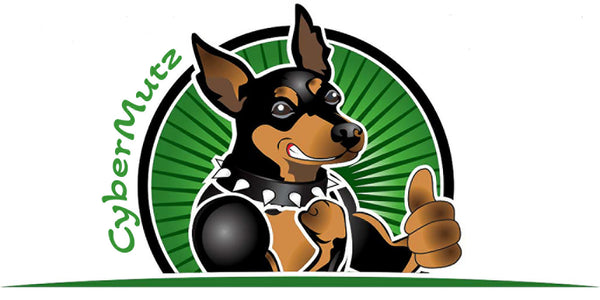
🐕 How to Handle Dog-to-Dog Reactivity on Walks
Share
🐕 How to Handle Dog-to-Dog Reactivity on Walks
Walking a reactive dog can be a stressful experience. You’re enjoying a peaceful stroll—until another dog appears, and suddenly your pup is barking, lunging, or whining with intense focus.
You’re not alone. Dog-to-dog reactivity is a common challenge, but with the right techniques, you can turn walks from chaos to calm.
⚠️ What Is Reactivity?
Reactivity is an overreaction to a trigger—like another dog, a person, or even a moving object. Unlike true aggression, it’s usually driven by fear, frustration, or overstimulation.
Signs of reactivity:
-
Barking or growling at passing dogs
-
Lunging or pulling hard on the leash
-
Excessive whining or pacing
-
Fixating on another dog without being able to break focus
🧠 Why Dogs Become Reactive
Understanding the why behind reactivity can help you address the how.
Common causes include:
-
Fear or anxiety (past trauma, poor socialization)
-
Frustration (wanting to play but can’t get to the dog)
-
Lack of impulse control
-
Protectiveness or guarding behavior
💡 Important: Reactivity isn’t a personality flaw—it’s a behavior that can be trained and managed.
✅ How to Manage Dog Reactivity on Walks
Here are effective, force-free methods to help your dog stay calm and confident.
1.
Avoid Triggers While You Train
Distance is your best friend. If your dog reacts at 10 feet, try to create 15–20 feet of space between you and other dogs. Avoid tight spots like narrow trails or crowded parks during early training.
2.
Use the “Look at That” Technique
Teach your dog to look calmly at a trigger and then look back at you for a reward. It builds confidence and shifts the focus.
Quick steps:
-
When your dog sees another dog, say “Yes!” and treat BEFORE they react.
-
Reward for looking without reacting.
-
Gradually decrease distance as they improve.
3.
Keep It Moving
If you see a trigger ahead, calmly turn and walk in the other direction before your dog reacts. This avoids reinforcing negative behaviors and keeps your dog under threshold.
4.
Stay Calm and Confident
Dogs feed off our energy. If you’re nervous or tense, they pick up on it. Stay relaxed, speak calmly, and praise good behavior.
5.
Invest in the Right Tools
Tools don’t fix behavior, but they can help manage it.
-
Front-clip harness: Reduces pulling and gives you better control
-
Treat pouch: Quick access to rewards is a must
-
Longer leash (6 ft): Offers more freedom to create space when needed
6.
Practice Focus and Engagement
Teach your dog cues like “Watch me,” “Let’s go,” or “Leave it.” Practicing these at home and in low-distraction areas helps build responsiveness.
🐶 When to Get Professional Help
If your dog’s reactivity is severe or not improving, working with a certified positive-reinforcement trainer or behaviorist is worth the investment. They can tailor a plan specific to your dog’s needs.
💡 Final Thoughts
Dog reactivity on walks isn’t easy—but it is manageable. With patience, consistency, and the right approach, your walks can become less stressful and more enjoyable for both of you. Every small win is a step toward progress!
📚 Related Posts:
